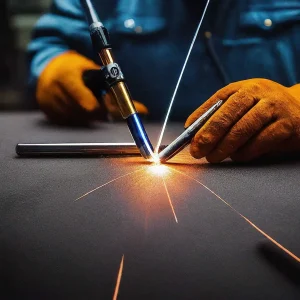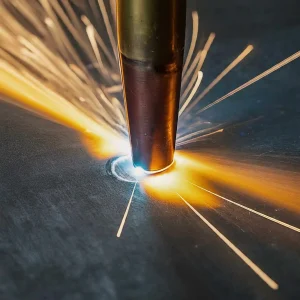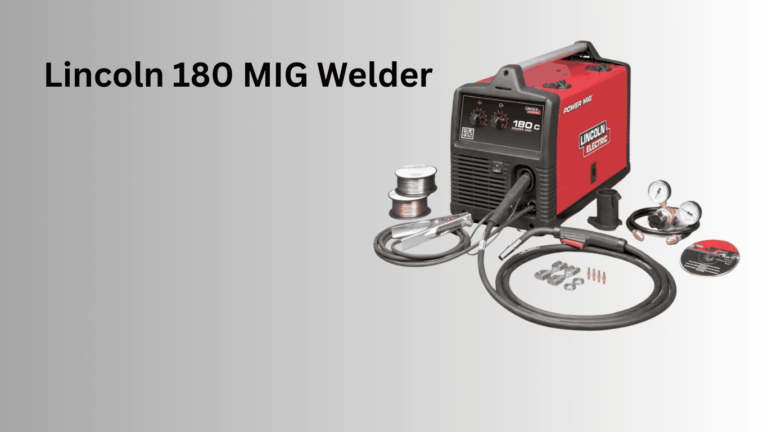Choosing the Right Tool: TIG Welding vs MIG Welding in GTA
For aspiring and experienced welders in Ontario, choosing between TIG (Tungsten Inert Gas) and MIG (Metal Inert Gas) welding can be a significant decision. Both methods offer unique advantages and disadvantages, making the ideal choice dependent on the specific project and your welding expertise. This blog post delves into the key differences between TIG Welding vs MIG welding, helping you navigate this critical decision.
Understanding the Welding Process:
TIG Welding (GTAW)

This method employs a non-consumable tungsten electrode and an inert gas (usually argon) to create a concentrated arc for melting the metal. A separate filler rod, manually fed into the weld pool, provides additional material to join the pieces. TIG welding offers precise control and superior weld quality, making it ideal for thin materials, intricate welds, and various metals like aluminum, stainless steel, and titanium.
MIG Welding (GMAW)

This process utilizes a continuously fed consumable electrode wire that acts as both the electrode and filler metal. Additionally, an inert gas shield protects the molten weld pool from contamination. MIG welding offers faster speeds and is often easier to learn, making it popular for thicker materials, long welds, and applications like steel fabrication and repair.
Key Differences to Consider:
- Learning Curve: TIG welding requires more skill and practice to master due to the need for hand-eye coordination and independent filler rod manipulation. MIG welding, with its semi-automatic wire feed, is generally considered easier to learn for beginners.
- Welding Speed: MIG welding boasts significantly faster welding speeds due to the continuous wire feed and reduced need for precise torch manipulation. TIG welding, while offering superior control and finish, is a slower process.
- Material Suitability: TIG excels at welding thin materials and various metals, including aluminum, stainless steel, and titanium, where precise control and clean welds are crucial. MIG is better suited for thicker materials like steel, where speed and ease of use are prioritized.
- Welding Cost: TIG welding machines can be more expensive than MIG welders. Additionally, consumable filler rods used in TIG add to the overall cost. MIG welding, with its single consumable electrode wire, is generally more cost-effective.
- Portability: Both TIG and MIG welders come in portable and stationary options. However, some find TIG torches to be more compact and easier to maneuver in tight spaces.
Making the Right Choice:
Welders in Ontario consider the various factors when choosing between TIG welding and MIG welding:
- Project requirements: Analyze the material thickness, desired weld quality, and project complexity.
- Experience level: If you’re a beginner, MIG might be a more accessible starting point.
- Budget: Consider the initial equipment cost and consumable expenses of each method.
- Application: Evaluate the specific industry or project demands, such as aesthetics for decorative work or strength for structural applications.
Final thought
Ultimately, the best choice between TIG and MIG welding relies on individual needs and project requirements. Weighing the factors outlined above will equip you to make an informed decision and select the method that best suits your welding needs. Seeking guidance from experienced welders like Minhas Mobile Welding, can further assist you in navigating this crucial choice.



